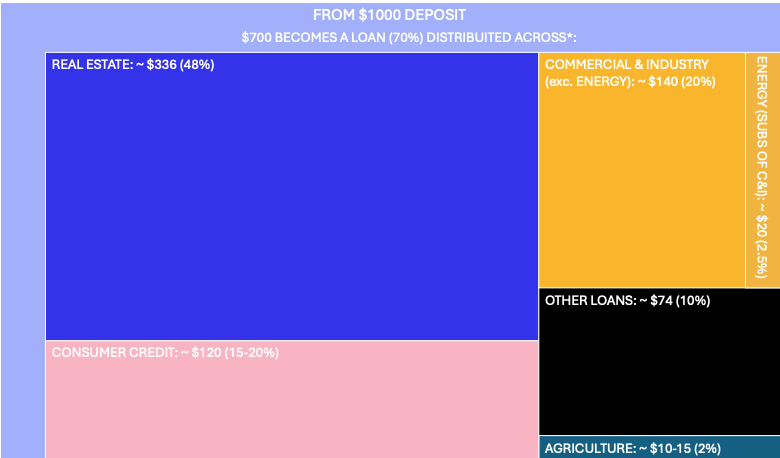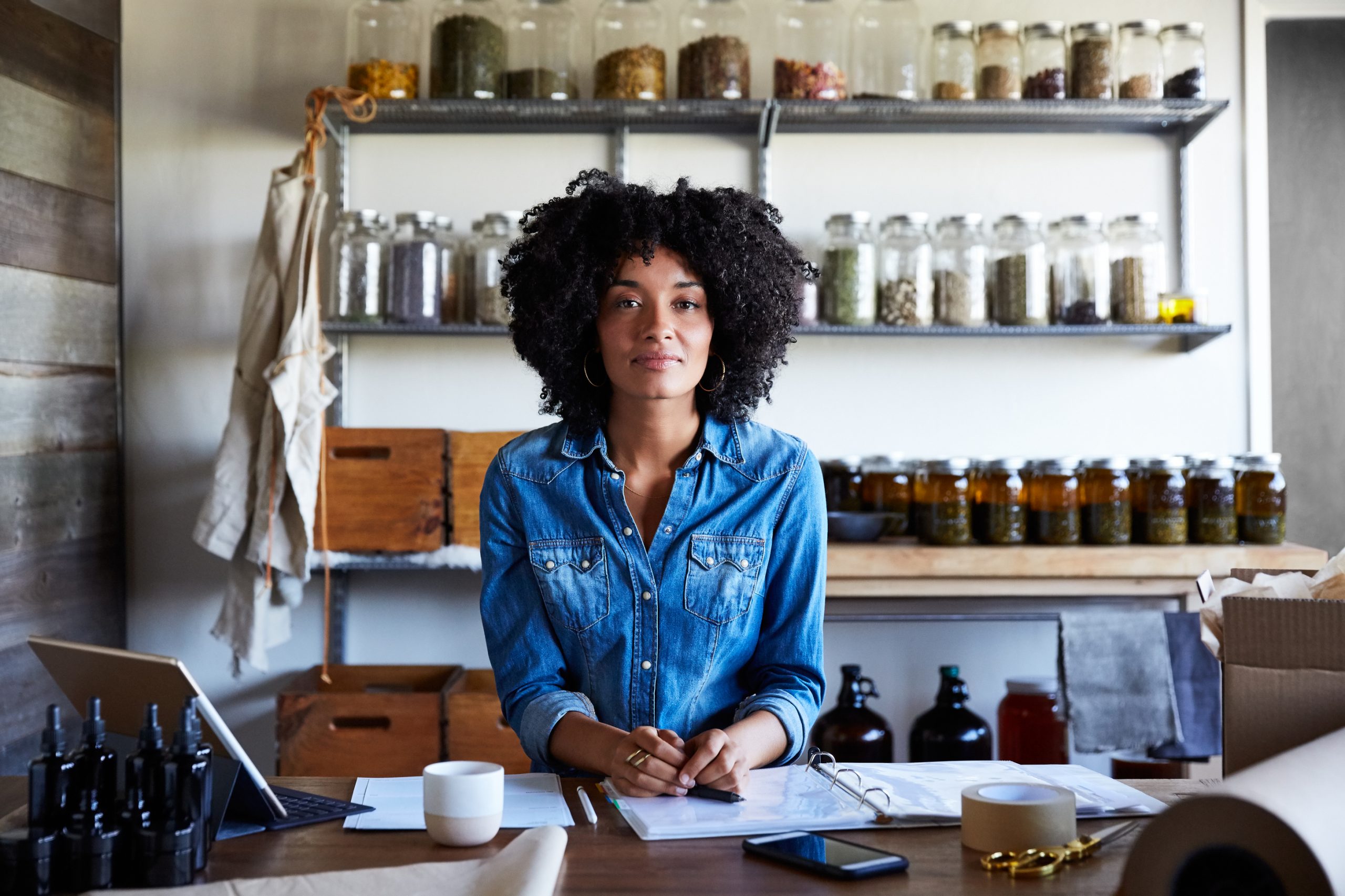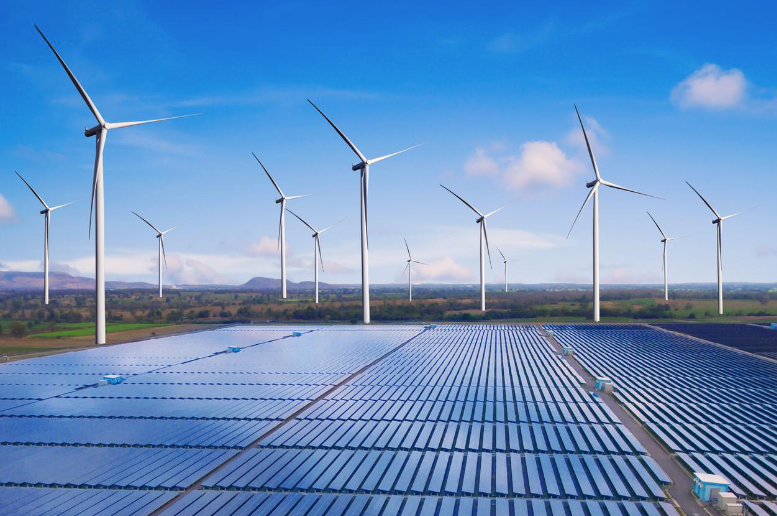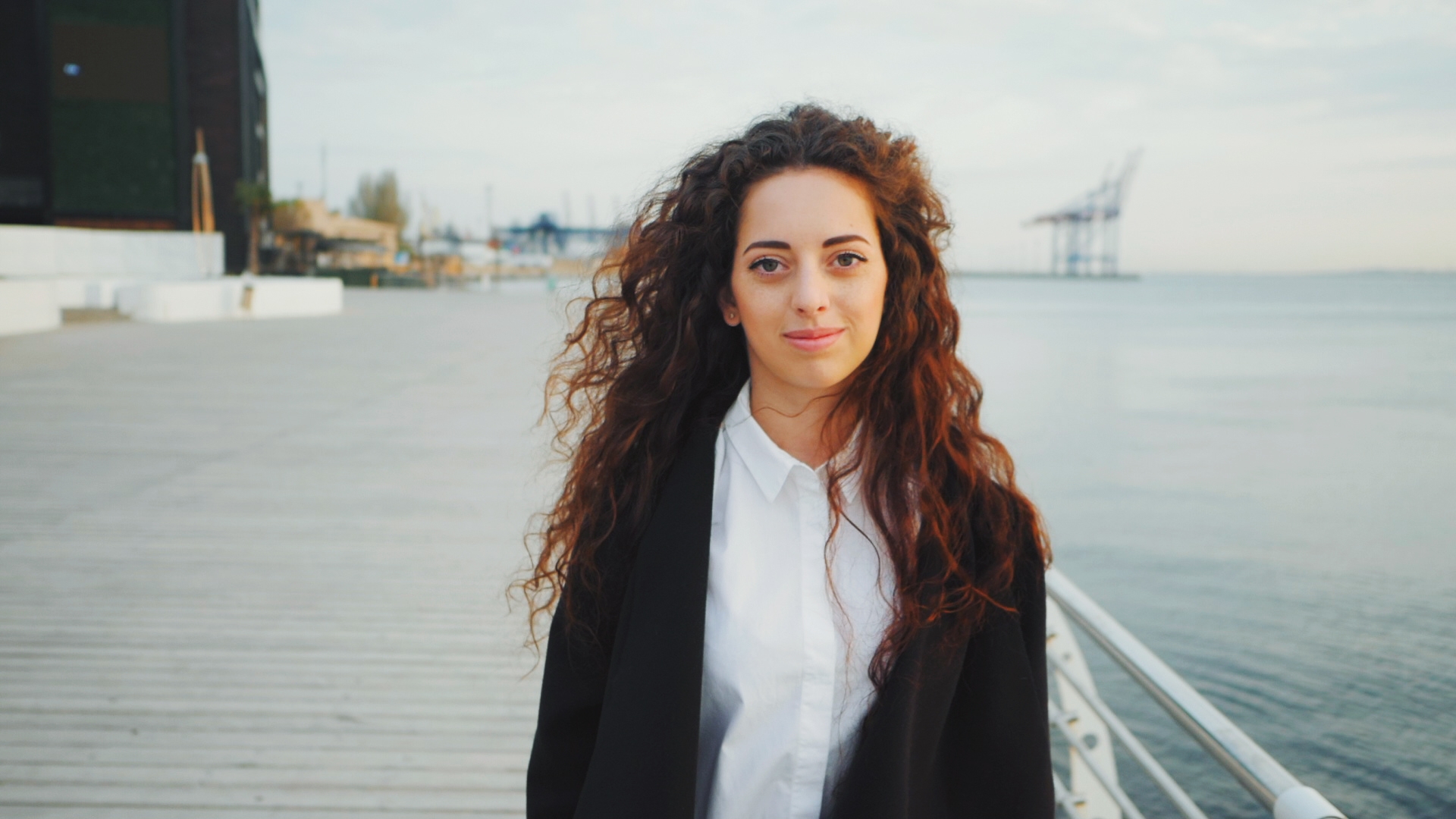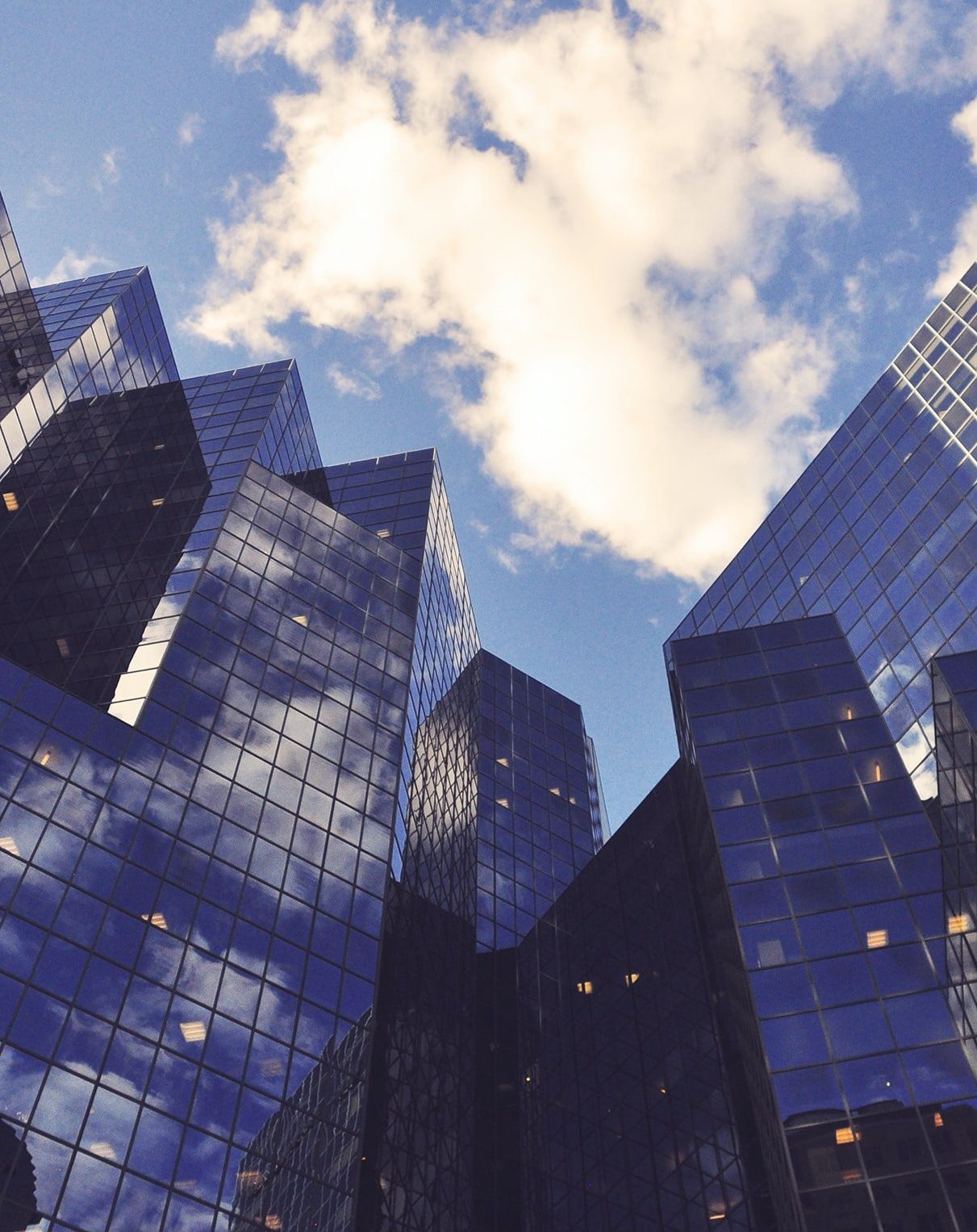
Why Bank for good
Because money can move the world forward.
Every time we bank, invest, or borrow, we’re helping to shape the kind of world we live in. When banks direct their capital toward innovation, clean technology, and community resilience, they become powerful engines for progress, strengthening economies, creating jobs, and improving lives.
Across the country, forward-looking financial institutions are already investing in:
-
Sustainable and affordable housing that keeps neighborhoods thriving.
-
Local businesses that create good jobs close to home.
-
Smarter energy and infrastructure that reduce costs and strengthen communities.
-
Education and innovation that unlock new opportunities for future generations.
Together, these investments build a stronger, fairer economy, one that rewards long-term value over short-term gain.
Bank for Good helps people and organizations find financial partners who are leading this transition – banks that measure success not just in profits, but in progress.
